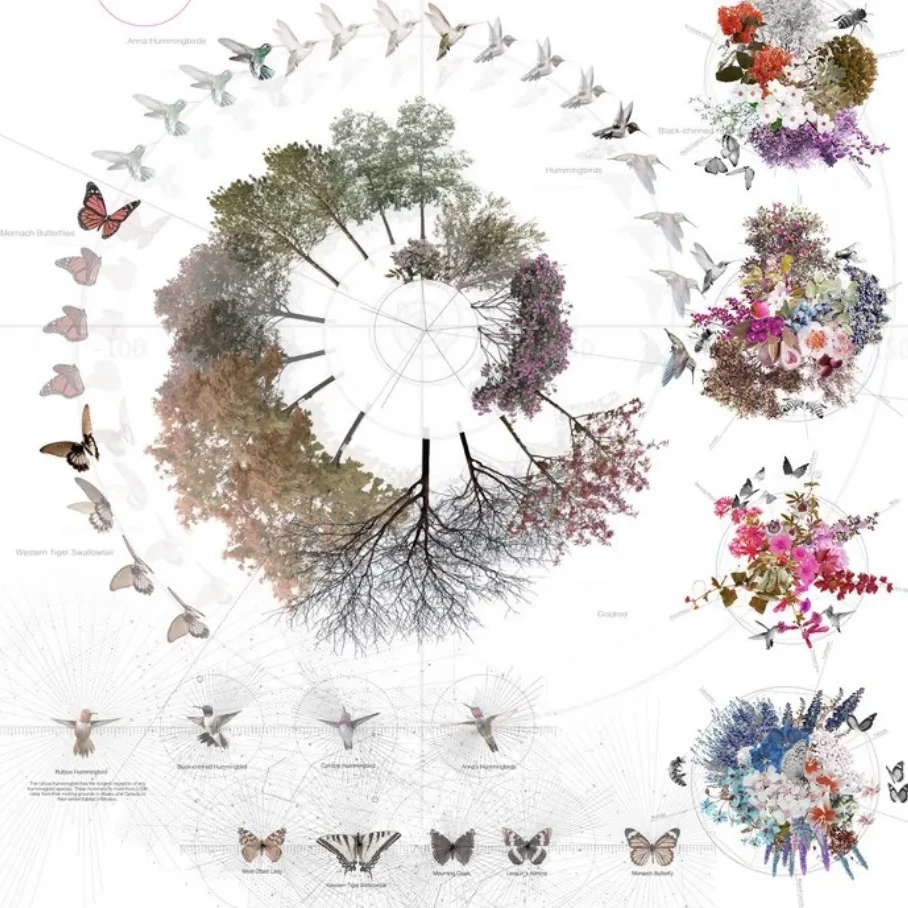Growing up, I remember my mother rising daily before the sun to make her way to work. After preparing herself for the day, she’d make a tiring journey into work, consisting primarily of easing slowly along the highway behind other workers headed in to start the day. From a young age, my mother’s commitment to her work stuck out to me, largely in part because it took so much out of her and rarely poured anything into her. Although I loved spending time with my mother at her Corporate America “office jobs,” raiding cabinets for fun supplies and spinning in spinny chairs, I resolved from a very young age that I would never work in an office.
Of course, in my limited eight year old scope, I could attribute all of her stress to the notion that what she did wasn’t very fun. Though, as I enter the workplace now so many years later, I realize that my mother’s stress would soon become my own, and was a seemingly shared stress amongst other Black working women. It had little to do with the type of industry, reports found that the same stress existed across varying levels of position and authority. It was a stress rooted in one-sided dedication, commitment and care.
Black women are more frequently the single head of household than any other demographic. Our appearance and hygiene are more often policed in the workplace. We are more likely to face unfair expectations and are statistically labeled amongst the lowest of expected specialized skills. However, Black women have been committed to working, presenting the highest labor force participation of all women for years.
Despite attempts on all fronts to create better conditions for working Americans (increased benefits, wages, and efforts targeting diversity, inclusion and equity) a lack of understanding of intersectionality has prevented a shift in opportunity from being available.
As our networks and organizations tepidly progress towards diversity and inclusion, the scope of complexity in this particular issue continues to widen. It would seem so far that inclusivity, and our understanding of it, have only begun to puncture the long-standing conservative barriers in our organizational cultures. Only through exploring intersectionality, and understanding it in the context of a network’s specific constituents, will we begin to progress in a more functional and cohesive manner.
Observing the past 60 years of US legislation regarding inclusion in the workplace, one could surmise that we have arrived at a precipice of sorts.
Between 1963 and 1990, multiple pieces of legislation were passed to protect against discrimination in the workplace including The Equal Pay and American with Disabilities Act.
How well do these protections hold up against an ever more precise ability to self-identify along social, sexual, and racial spectrums. Though these protected classes may seem well defined, our research and data collection methods have already outpaced our legislation. Using Equal Pay as an example, we’ve seen wage gaps narrowing between men and women in the decades following 1963. While women have managed to reduce the pay gap between white men’s wages and their own, black women currently earn 21% less than their white counterparts. It would seem that our efforts to empower women weren’t as precisely calculated, or executed, as we assumed they would be. And what about a black transgender women in the workplace?
Organizations are continually overhauling their processes in an effort to keep up with the times, and attract the best talent. We’ve seen companies implement robust recruitment programs, training modules and communication channels that are designed to protect, and even empower, their minority constituents. Unfortunately, reaping the benefits of these processes requires more nuanced thinking about the role of intersectionality, as it relates to race, gender, sexuality, culture and even the mission of your own organization.
Consider weaving more intersectionality informed diversity approaches into your networks by:
- Taking a Look at the Data:
- Get to know your members. Understand the social structures within your network. Observe the smaller networks that develop within your network. Spot the outliers. Use data to better serve your members by knowing who they are, and how they participate.
- Don’t Streamline:
- Cater to Your Organization. Streamlining will make your network more homogenous, but only on the surface. If you have rules and policies, barriers to entry, or specific expectations for your members, always be willing to append them on a case by case basis
- Be Continually Open to Improving Diversity and Inclusion Policies
- Implement an ongoing program designed to empower minorities in your organization. This should be led by minorities, and not just the most privileged or liked minority in the network. Give them the political power in your organization to make substantial changes. Without any power, they will quickly become disinterested. Create safe spaces, and safe communication channels for both suggestions and critiques.
- Lead the Way – Don’t Wait for Legislation
- I’ve worked in several organizations that seemed to be either in steep decline or stagnant. To avoid unknowingly plunging your organization into devastation, learn a lesson from each voice present.
About the Author
Ammie Kae Brooks is a Clinical Therapist, Writer, and Social Impact Consultant in the Chicagoland area. She is passionate about ending gender based violence within communities by cultivating digital and physical healing spaces for Black women, girls and families.
featured image found HERE
Related Posts
October 20, 2025
Signals from the Web
September 9, 2025




